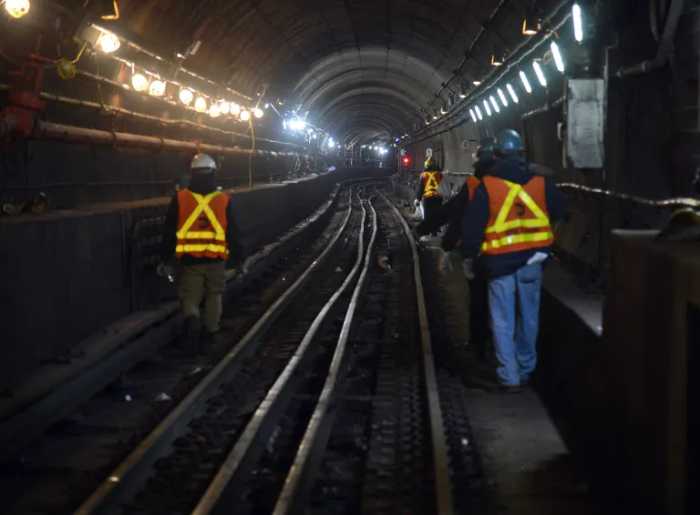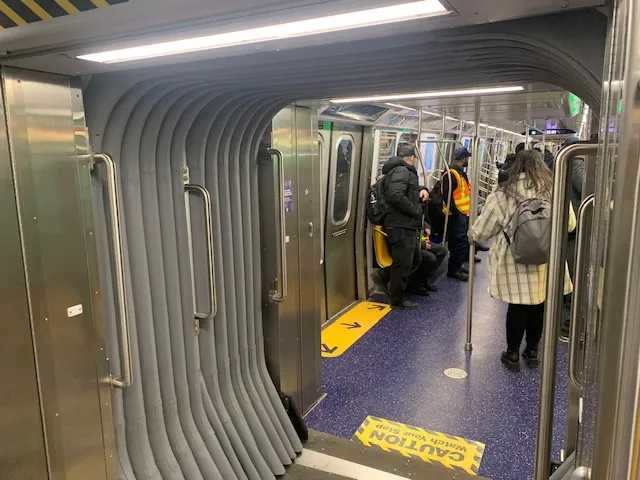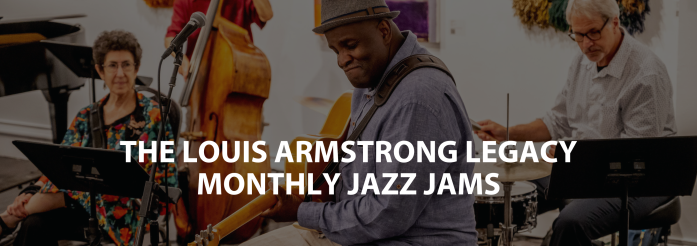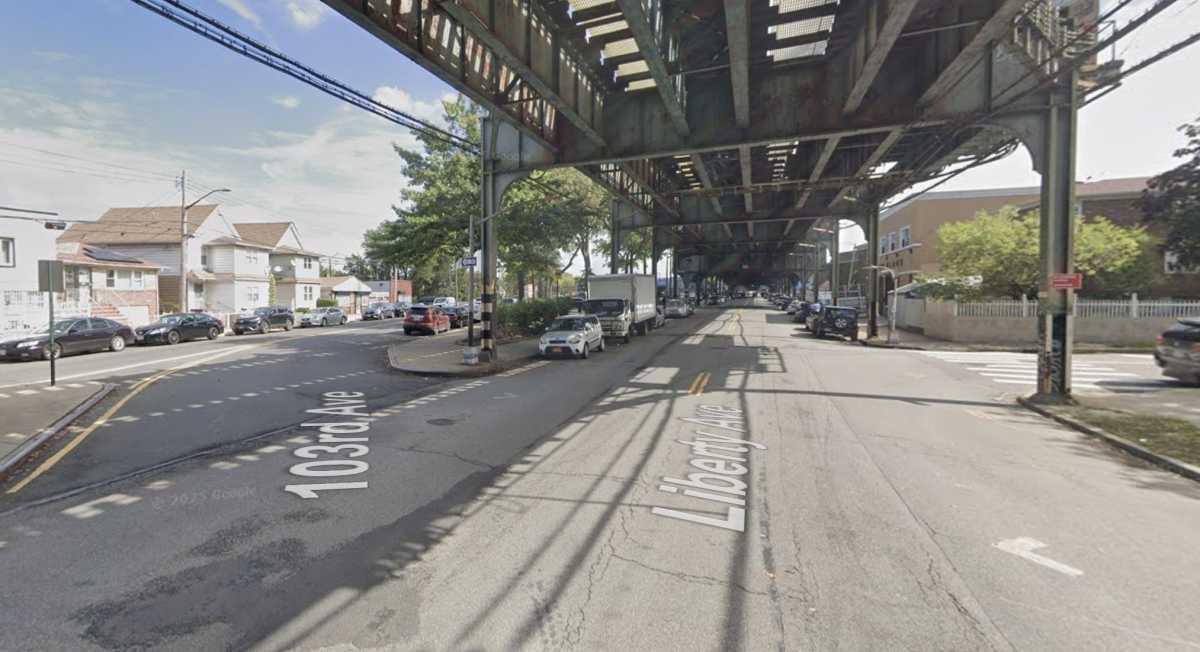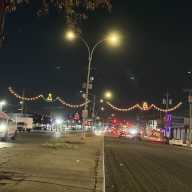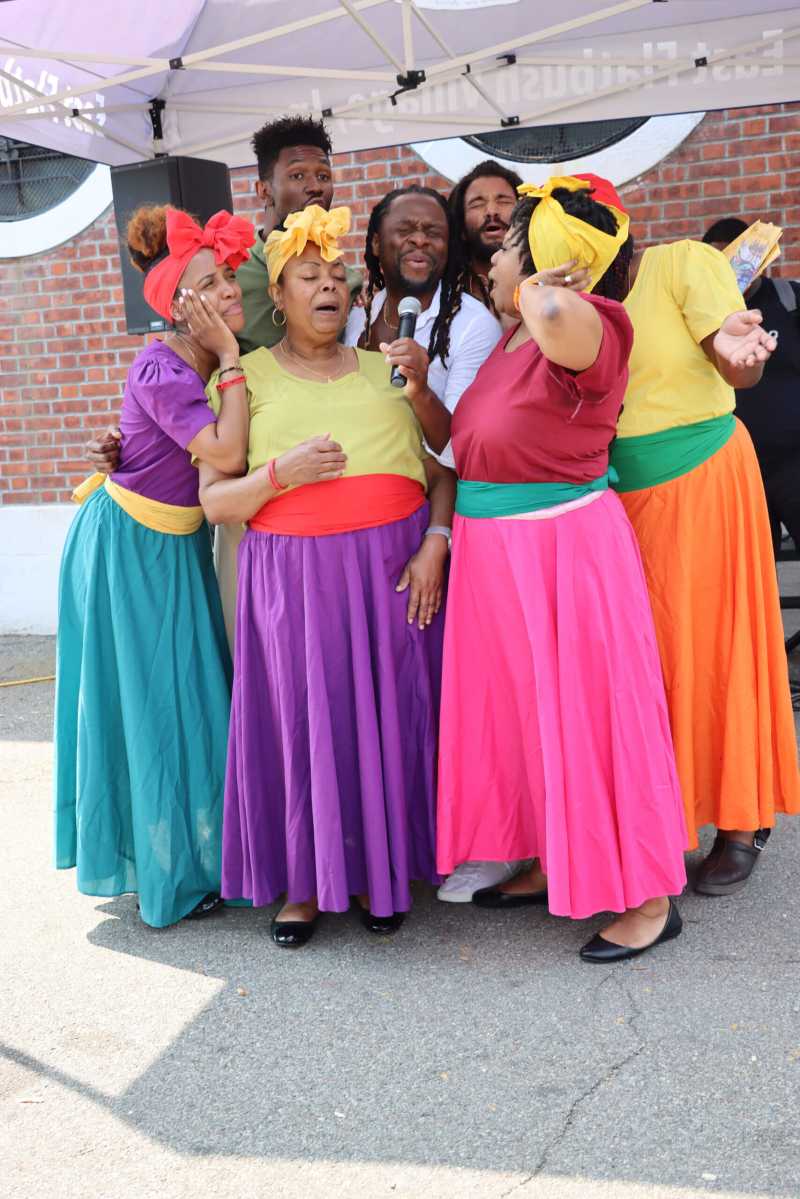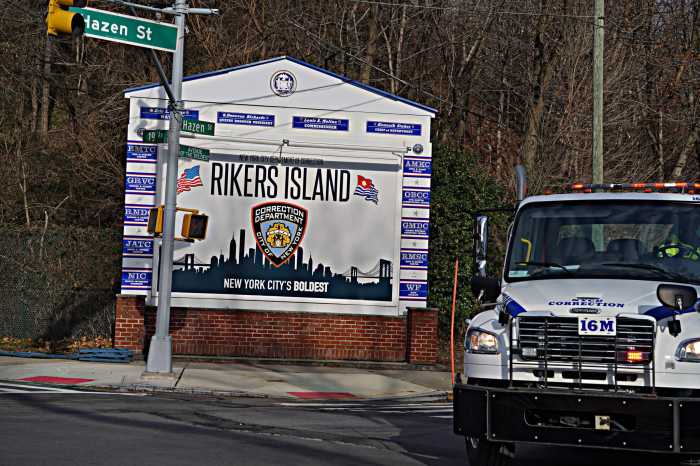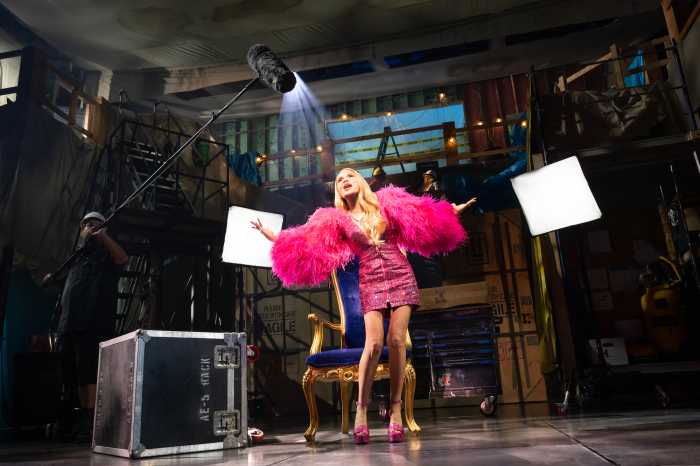The MTA hosted a Transit Talk at the Flushing-Main Street subway station Monday evening to urge riders to switch to OMNY, as the agency prepares to permanently retire MetroCards by Dec. 31.
NYC Transit President Demetrius Crichlow and other transit officials were on hand in Flushing on Monday evening to answer questions about signing up for OMNY and the MTA’s Fair Fares program, which helps low-income New Yorkers reduce their transportation costs.
An MTA mobile sales vehicle, which assists customers in purchasing a $1 OMNY card ahead of the transition date, was also present at the Flushing Main Street station as part of Monday’s event.
MTA mobile sales vehicles are regularly on hand at subway stations across the city to assist with the transition to OMNY cards as well as help customers apply for the reduced-fare program. Flushing hosts a mobile service vehicle on the first and third Friday of each month between 8 a.m. and 3 p.m. Vehicles are present at 13 different Queens locations at various times to assist with the transition to OMNY.

The MTA announced in March that it is phasing out the MetroCard after 32 years as the agency goes full steam ahead with the contactless tap-and-g0 OMNY payment system. The agency estimated that 65% of all commuters have already transitioned to OMNY, with many using credit cards or other contactless payment methods to pay for public transport in New York City.
The MTA is continuing its citywide rollout of OMNY vending machines at all 472 subway stations to assist customers who may not have access to a contactless payment card or device. OMNY cards are available for just $1.
At the Flushing-Main Street subway station, Crichlow heard from several commuters who voiced concerns about the transition from MetroCards to OMNY.
Crichlow noted that Flushing has a particularly high number of MetroCard users, and emphasized that MTA representatives are frequently on-site to help address concerns about switching to OMNY.
While acknowledging that the transition has been slower among certain populations, Crichlow pointed out that the shift is progressing steadily—especially among reduced fare customers.
“We thought the reduced fare population was going to be one of the slower to transition,” Crichlow said. “Recently, we looked at the numbers, and 60% have already transitioned to (being) active users in OMNY. Once people recognize that it (OMNY) has all the same functionality that they have on a MetroCard, they are transitioning.”
Riders can transfer the balance on their reduced-Fare MetroCard to reduced-Fare OMNY cards at various locations across the city.
State Sen. John Liu, who represents the 16th Senate District, including the area surrounding Flushing-Main Street station, also attended the event. He called the switch to OMNY a much-needed improvement to the city’s transit system.
“The transition to OMNY is a welcome change of pace that will modernize New York’s public transit and allow riders to better manage their transit costs to get where they need to go,” Liu said in a statement. “We encourage all eligible New Yorkers to take advantage of this innovative new technology that is helping to bring our public transit system into the 21st century.”
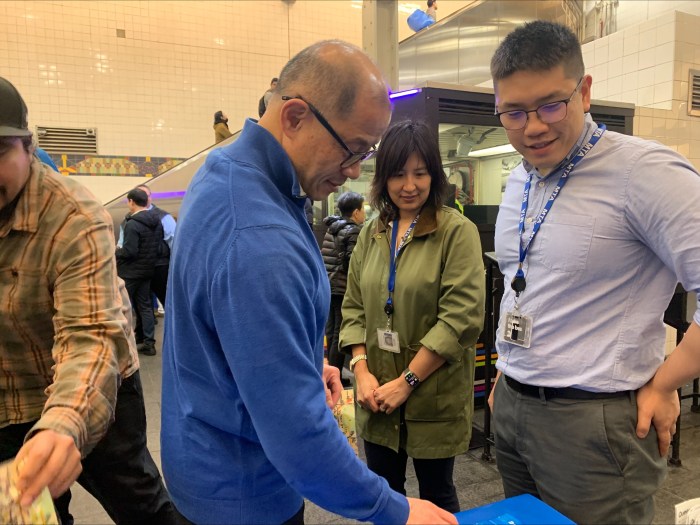
Several Flushing residents shared positive feedback about the MTA’s new payment system during Monday’s Transit Talk.
One resident, who asked to remain anonymous, said the change “doesn’t make any difference” to her commute, noting that she has already picked up two OMNY cards.
Another local resident, Linda, who preferred not to share her last name, said she opted to bypass OMNY cards entirely by using her credit card to access the subway system.
“If you can use your credit card, why would you go through another system?” Linda said, praising the convenience of the tap-and-pay feature.
However, she also voiced concerns about how the elderly population in Flushing—particularly those who do not speak English as a first language—will adapt to the new system. Linda said there should always be an MTA representative at the Flushing-Main Street station who speaks fluent Mandarin, and she raised the issue directly with MTA Senior Vice President Demetrius Crichlow.
“There should always be somebody there, because there’s older people here who don’t know how to use the system,” Linda said, adding that Crichlow was receptive to her concerns.
In a statement last month announcing the final phase-out of MetroCards, MTA CEO Janno Lieber said the agency was “going all in on the fare payment system of the future.”
“Tap-and-go – already the choice for 65% of our riders – is not only easier and more convenient to use, it also opens the door for new discounts and promotions that’ll put money back in riders’ pockets,” Lieber said.
Under the OMNY system, riders earn free travel after paying for 12 trips within a seven-day period using the same device, capping the cost at $34 per week. For reduced-fare OMNY cardholders, the weekly cap is $17—again, as long as the same device is used.


